- Empty cart.
- Continue Shopping
Dumbcane
Original price was: ₹275.00.₹130.00Current price is: ₹130.00.
Genus : Dumb Canes
“Add a touch of elegance and resilience to your space with our Dumbcane foliage plants. These striking plants feature large, variegated leaves that create a bold and eye-catching display. Dumbcane plants are known for their hardiness and ability to thrive in various conditions, making them a perfect choice for both indoor and outdoor settings. Our high-quality plants are carefully selected and nurtured for optimal growth and foliage. Enhance your space with the unique beauty and resilience of Dumbcane foliage. Order now and enjoy the captivating greenery they bring!”
Dumbcane (Dieffenbachia spp.) is a tropical foliage plant that is commonly grown as a houseplant. It is native to the tropics of Central and South America and belongs to the Araceae family, which includes other popular houseplants like peace lilies and philodendrons.
Dumbcane plants are known for their large, lush, and variegated leaves, which can grow up to 30 inches long and 12 inches wide. The leaves are typically green with white or cream-colored variegation, although some cultivars may have pink, yellow, or even red spots or streaks. The plant can grow up to several feet tall and wide in ideal conditions.
Dumbcane plants require bright, indirect light, but can also tolerate lower light levels. They prefer well-draining soil and should be watered regularly to keep the soil slightly moist, but not waterlogged. Overwatering can cause root rot and other issues. The plant can also benefit from occasional misting to increase humidity.
One thing to be aware of with Dumbcane is that the plant is toxic if ingested, particularly the stem and leaves. The plant contains calcium oxalate crystals, which can cause irritation, burning, and swelling of the mouth, tongue, and throat. For this reason, it is important to keep Dumbcane out of reach of children and pets.
Despite its toxicity, Dumbcane is a popular houseplant because of its attractive foliage and easy care. With proper care, it can thrive for many years and add a touch of tropical beauty to any indoor space.


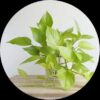


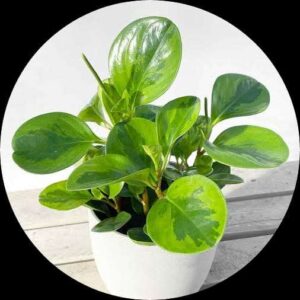
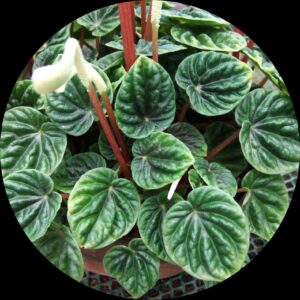
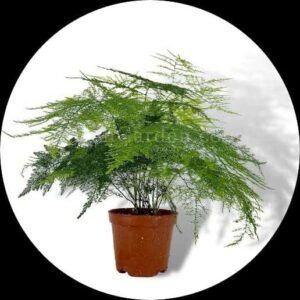


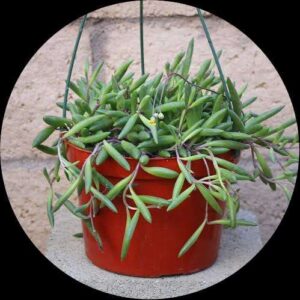
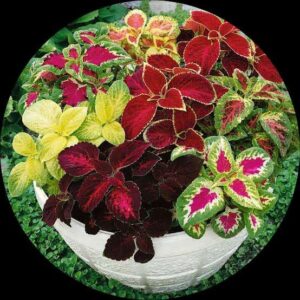
Reviews
There are no reviews yet.